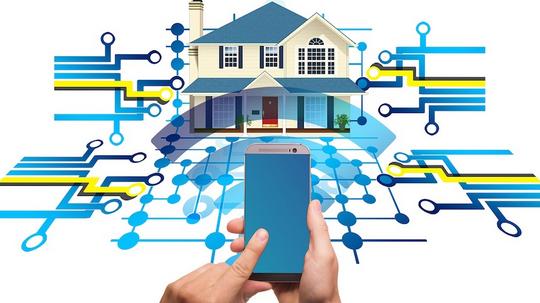
In a world where many things are becoming automated, it’s no surprise that smart buildings are on the rise across the country.
Using intricate technologies, these buildings are able to sense and react to the people in them. Air conditioning and heating systems, air quality, security tools and more can be automatically controlled in structures like these, and now more and more are popping up as real estate companies are looking for energy-efficient building solutions.
It's not just a trend. In fact, according to a 2017 study by Markets and Markets, the smart building industry is expected to grow from expected to grow from an estimated $7.42 billion in 2017 to $31.74 billion by 2022.
D.C. isn't immune. According to the U.S. Energy Information Administration, the District has led all U.S. cities in the number of Energy Star-certified buildings in 2016. D.C. also uses less total energy than any other state; however, it has greater energy usage per capita than more than one-third of U.S. states.
Growing interest in these types of buildings is credited in part to energy conservation laws and related campaigns and movements, as well as a recent wave of "property technology" interest. But there has not always been an eagerness to invest.
The biggest argument against implementing technology for smart buildings is costs.
“I think that the main drawback is not that not all technologies work on the first try,” said Aquicore founder and CEO Logan Soya. “Sometimes it can be costly to implement the solution. If it doesn’t work out right, then people tend to hesitate.”
Soya is well-versed in smart building technology; his 2013-founded company compiles real-time data from these structures through existing or new meters and submeters.
He said that once he and his team realized that they could make a huge impact on how people view smart building data, interest in utilizing smart building technology.
“We learned that there was all of this other wealth of knowledge about things that you can collect," Soya continued. "You can collect information on all different types of equipment, the CO2 levels and the air quality levels. What makes it really powerful is when you can tie all of those things together and you can see a whole picture as to what is going on.”
While solutions like these assuage fears, the smart building trend continues to thrive, especially in D.C. According to the aforementioned Markets and Markets report, developers are primarily driven by the growing demand for integrated security and safety systems and increasing government initiatives for smart building projects.
Soya said that real estate companies and building owners are moving in the right direction.
“Energy conservation is a difficult problem to solve and it’s a problem that should be solved through technology,” said Soya.




